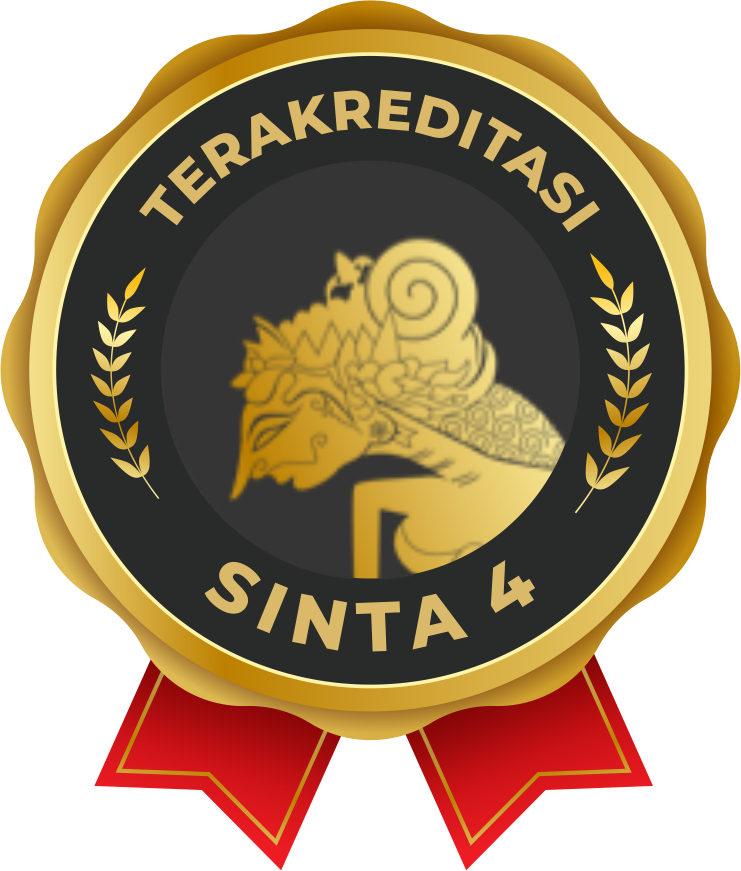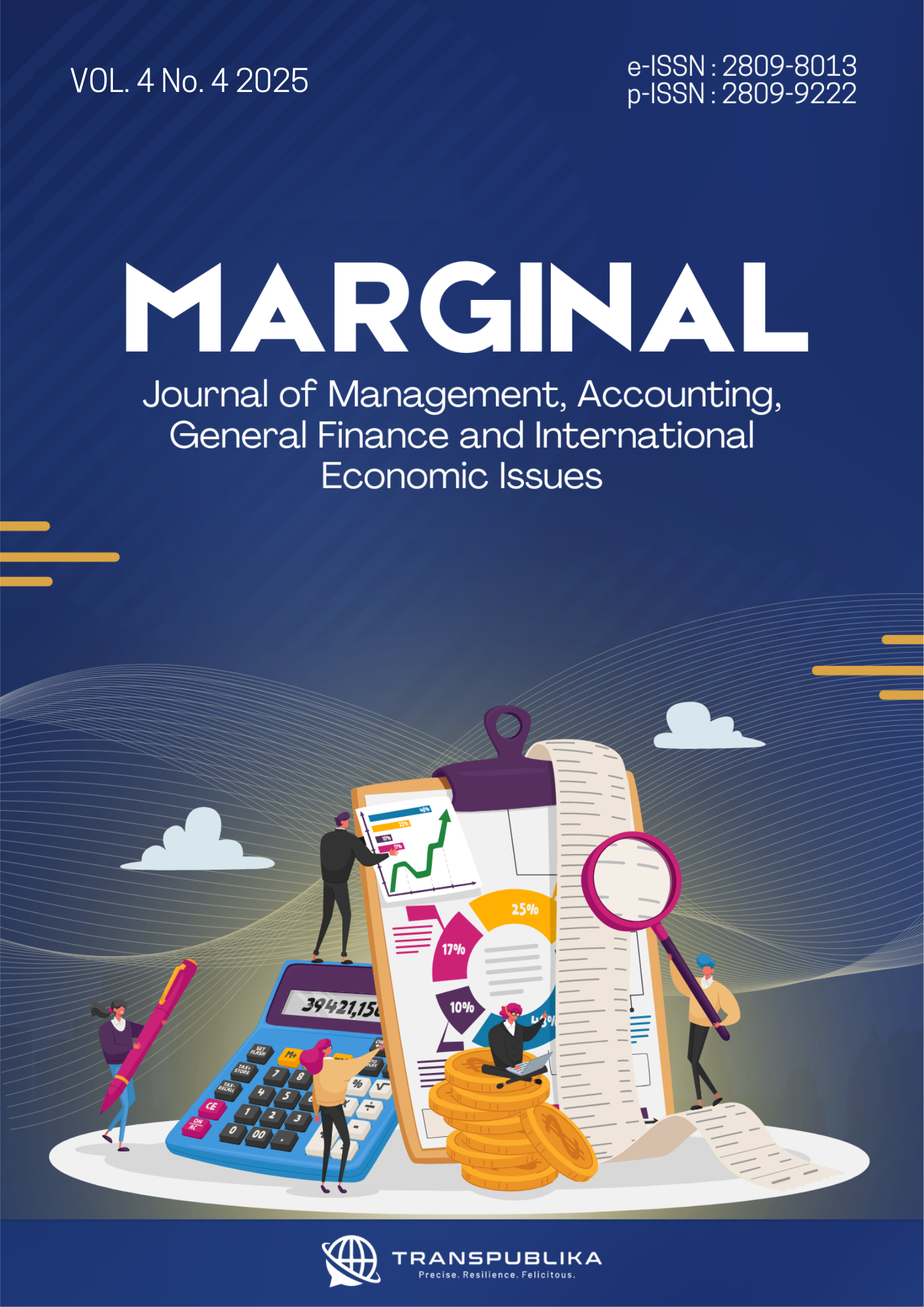Achieving Sustained Competitive Advantage in Indonesia’s Construction Sector: An Integrated Decarbonization Strategy
Main Article Content
Eko Prasetyadi Rachmat*
Arif Satria
Siti Amanah
Indonesia’s construction sector significantly contributes to national economic growth but also poses environmental challenges due to high carbon emissions. This study explores how PT Wijaya Karya (Persero) Tbk (WIKA) can develop a sustained competitive advantage through decarbonization strategies. Employing an exploratory qualitative approach, the research integrates the Flourishing Business Model Canvas (FBMC) to assess WIKA’s current business model, the Sustainability Balanced Scorecard (SBSC) to evaluate its sustainability strategy, and the Natural Resource-Based View (NRBV) with Dynamic Capabilities (DC) to recommend future strategies. Data were collected through in-depth interviews with board members and analysis of annual and sustainability reports. Findings reveal WIKA’s commitment to ESG implementation, yet highlight gaps in carbon performance and strategic alignment. The study proposes a roadmap emphasizing emission efficiency, circular innovation, and ESG-driven leadership as pillars of long-term competitiveness in green construction. The insights contribute to practical and academic discourse on sustainable transformation in state-owned enterprises.
Ambrosini, V., & Bowman, C. (2009). What are dynamic capabilities and are they a useful construct in strategic management? International Journal of Management Reviews, 11(1), 29–49.
Arora, B., & Rahman, Z. (2020). Balanced Scorecard for Sustainable Business Practices of Indian Information Technology Firms. RESEARCH AND SUSTAINABLE BUSINESS, 775.
Azwar, S. (2012). Reliabilitas dan validitas. Yogyakarta: Pustaka Pelajar.
Bocken, N. M. P., Short, S. W., Rana, P., & Evans, S. (2014). A literature and practice review to develop sustainable business model archetypes. Journal of Cleaner Production, 65, 42–56.
Campbell, J. T., Campbell, T. C., Sirmon, D. G., Bierman, L., & Tuggle, C. S. (2012). Shareholder influence over director nomination via proxy access: Implications for agency conflict and stakeholder value. Strategic Management Journal, 33(12), 1431–1451.
Creswell, J. W., & Clark, V. L. P. (2023). Revisiting mixed methods research designs twenty years later. Handbook of Mixed Methods Research Designs, 1(1), 21–36.
Creswell, J. W., & Creswell, J. D. (2017). Research design: Qualitative, quantitative, and mixed methods approaches. Sage publications.
Eccles, R. G., Ioannou, I., & Serafeim, G. (2012). The impact of a corporate culture of sustainability on corporate behavior and performance (Vol. 17950, Issue 1). National Bureau of Economic Research Cambridge, MA, USA.
Eweje, G., Sajjad, A., Nath, S. D., & Kobayashi, K. (2021). Multi-stakeholder partnerships: A catalyst to achieve sustainable development goals. Marketing Intelligence & Planning, 39(2), 186–212.
Figge, F., Hahn, T., Schaltegger, S., & Wagner, M. (2002). The sustainability balanced scorecard–linking sustainability management to business strategy. Business Strategy and the Environment, 11(5), 269–284.
Gualandris, J., & Kalchschmidt, M. (2016). Developing environmental and social performance: the role of suppliers’ sustainability and buyer–supplier trust. International Journal of Production Research, 54(8), 2470–2486.
Hart, S. L. (1995). A natural-resource-based view of the firm. Academy of Management Review, 20(4), 986–1014.
Hart, S. L., & Dowell, G. (2011). A natural-resource-based view of the firm: Fifteen years after. Journal of Management, 37(5), 1464–1479. https://doi.org/10.1177/0149206310390219
Hart, S. L., & Milstein, M. B. (2003). Creating sustainable value. Academy of Management Perspectives, 17(2), 56–67.
Hoveskog, M., Halila, F., Mattsson, M., Upward, A., & Karlsson, N. (2018). Education for Sustainable Development: Business modelling for flourishing. Journal of Cleaner Production, 172, 4383–4396.
Kamil, S. I. M., & Mol, A. P. J. (2013). Feasibility and justification of climate mitigation actions MRV for developing countries: Comparative analysis of China and Indonesia. Master’s thesis, Wageningen UR. Retrieved 6 May 2022, from http://edepot ….
Kaplan, R. S., & Norton, D. P. (1996). The balanced scorecard: translating strategy into action. Language, 11(322p), 23cm.
Koprivica, S., Škondrić, J., & Bendić, M. (2021). Balanced scorecard implementation in construction industry. 8th INTERNATIONAL CONFERENCE Contemporary Achievements in Civil Engineering, Subotica, Serbia, 2021, 569-578.
Linnenluecke, M. K., & Griffiths, A. (2010). Corporate sustainability and organizational culture. Journal of World Business, 45(4), 357–366.
Lozano, R. (2015). A holistic perspective on corporate sustainability drivers. Corporate Social Responsibility and Environmental Management, 22(1), 32–44.
Lüdeke-Freund, F. (2010). Towards a conceptual framework of’business models for sustainability’. Knowledge Collaboration & Learning for Sustainable Innovation, R. Wever, J. Quist, A. Tukker, J. Woudstra, F. Boons, N. Beute, Eds., Delft, 25–29.
Mahendra, G. S., Judijanto, L., Tahir, U., Nugraha, R., Dwipayana, A. D., Nuryanneti, I., Heri, D., Meilin, A., Saktisyahputra, S., & Rakhmadani, D. P. (2024). Green Technology: Panduan Teknologi Ramah Lingkungan. PT. Sonpedia Publishing Indonesia.
McDougall, N. (2018). Explicating natural-resource-based view capabilities: a dynamic framework for innovative sustainable supply chain management in UK agri-food.
Munawaroh, N. A., Sudarmiatin, S., & Putimelinda, W. (2024). Unveiling The Link: Does Digital Marketing Adoption Fuel Sustainable Growth for SMEs in Indonesia? TRANSEKONOMIKA: AKUNTANSI, BISNIS DAN KEUANGAN, 4(2), 161–182. https://doi.org/10.55047/transekonomika.v4i2.642
Nidumolu, R., Prahalad, C. K., & Rangaswami, M. R. (2009). Why sustainability is now the key driver of innovation. Harvard Business Review, 87(9), 56–64.
Porter, M. E. (2008). Competitive advantage: Creating and sustaining superior performance. simon and schuster.
Prameswari, B. G., Rahman, A., Muharam, H., & Tjahjana, R. H. (2024). Product inventory optimization with eoq approach in the context of circular economy. Research Horizon, 4(4), 389–398.
Teece, D. J., Pisano, G., & Shuen, A. (1997). Dynamic capabilities and strategic management. Strategic Management Journal, 18(7). https://doi.org/10.1002/(SICI)1097-0266(199708)18:7<509::AID-SMJ882>3.0.CO;2-Z
Tongco, M. D. C. (2007). Purposive sampling as a tool for informant selection.
Upward, A., & Jones, P. (2016). An ontology for strongly sustainable business models: Defining an enterprise framework compatible with natural and social science. Organization & Environment, 29(1), 97–123.
Wartono, T., Maichal, M., & Apriyanto, A. (2024). Ekonomi Indonesia: Tantangan, Peluang, dan Masa Depan Perekonomian Indonesia 2030. PT. Sonpedia Publishing Indonesia.
Werbach, A. (2009). Strategy for sustainability: A business manifesto [Kindle version]. Retrieved from Amazon. Com.




















